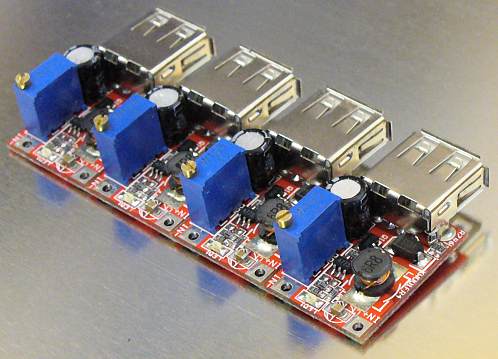Hi,
At best, each stage of the charge pump can only
add the peak-peak "clock" voltage
minus a diode forward drop to the input voltage, so you may need many stages to generate a "worthwhile" output voltage.
AFAIK the Joule Thief only really needs a toroidal core because it uses a secondary winding for self-oscillation; a simple solenoidal inductor can be sufficient for an oscillator-driven flyback conveter.
As I've hinted before, if you dismantle a cheap (Pound shop) Garden Solar Light you will very probably find a tiny circuit board carrying what looks like a resistor but is actually an inductor. Replace the NiMH cell with an AA battery in a holder, remove the PV cell (so it thinks it's dark) and the (3 volt white) LED will probably light. However, some versions do seem to need the "kick" of the voltage from the PV cell falling to start them running.
Some (particularly those with a colour-changing LED) already have an "overswing" diode fitted, otherwise add one (e.g. a 1N4148, or slightly better, a Scottky) and an electrolytic capacitor. Keep the LED as a shunt regulator, or replace with a proper regulator.
That will very probably run a PICaxe satisfactorily, but any significant load-demanding peripheral components may need a more sophisticated up converting circuit.
Cheers, Alan.
PS: If you're lucky, the Garden Solar Light PCB may also carry a Schottky diode, but anyway you should have a tiny tag-ended NiMH cell, a slide switch and a PV cell, etc. to put in your "spares" box, all for £1.



